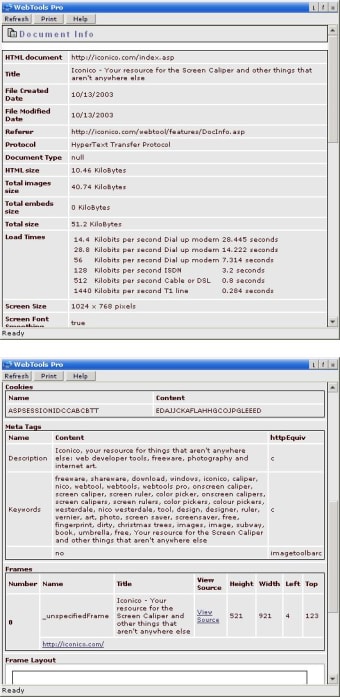
In some cases, the onward utility of a database, generated for a specific project use, or a specific ongoing purpose (e.g., monitoring crop pests, vector surveillance), may not be realized as part of the value of the product or project goals.


Additional limits to access may include limited resources to hosting, data management, digitization, formatting, creating access portals, and other informatics related issues ( National Research Council (US) Board on Biology 2010, de Carvalho Gomes et al. These first limits to access are generally well understood and accepted, and working to create derived data products, such as data summaries, de-identified data, or explicit data use agreements, can start to lower the barriers to data access in these scenarios. Beyond privacy for identifiability, ownership of data can be subject to contributor agreements and the data may be generated using resources with specific intellectual property or ownership stipulations ( Scheibner et al. Similarly, if infected crop pests are identified at a particular location, this may violate privacy of an agricultural business enterprise. The issue of privacy of specific records can be tied to the same restrictions on identifiability of human subjects for example if an infected vector is located at a household with a particular suite of demographic descriptors, the threshold for identifiability may be an issue ( Secunda 2004, Moy et al. One aspect of database use, reuse, production, and augmentation is access, which can be limited to a level less than entirely open due to a multiplicity of factors. While this will largely be represented by arthropod insects, with a focus on vectors of human disease, we wanted to include as wide a breadth as possible. For the sake of simplicity, we use the term vector to denote the organism that is the route of indirect transmission for an infection or pathogen, across animal and plant systems. The goal of this piece is to document the state of the ‘ecosystem’ of vector databases that we and other researchers in vector-borne disease systems may contribute to, use, and often reuse and repurpose. Repositories that aggregate disease vector data from multiple sources (e.g., museums, individual research projects, or public health surveillance systems) broaden the horizon of research possibilities, in some cases alleviating the logistical constraints of novel data collection ( Suarez and Tsutsui 2004, Kampen et al. Consequently, there is often a considerable burden of data needed to conduct meaningful research in this area ( Cator et al. These systems are typically complex and span multiple spatial and temporal scales. Vector-borne diseases pose a major threat to public health and agricultural systems globally ( Institute of Medicine (US) Forum on Microbial Threats 2008, Golding et al. This study presents a snapshot of current vector data efforts, reporting on level of accessibility, and commenting on interoperability using an illustration to track a specimen through the data ecosystem to understand where it occurs for the database efforts anticipated to describe it (or parts of its extended specimen data). As increasing attention is paid to creating FAIR (Findable Accessible Interoperable, and Reusable) data, simply characterizing what is ‘out there’, and how these existing data aggregation and collection efforts interact, or interoperate with each other, is a useful exercise. Thusly, the world of vector data – the Vector Data Ecosystem – can become unclear in scope, and the flows of data through these various efforts can become stymied by obsolescence, or simply by gaps in access and interoperability. New initiatives arise, often spanning the effort traditionally siloed in specific research disciplines, and other efforts wane, perhaps in response to funding declines, different research directions, or lack of sustained interest. Data ranges from collections records to molecular characterization, geospatial data to interactions of vectors and traits, infection experiments to field trials. The scope and scale of this information, in the form of data, comprising database efforts, data storage, and serving approaches, means that it is distributed across many formats and data types.

A growing body of information on vector-borne diseases has arisen as increasing research focus has been directed towards the need for anticipating risk, optimizing surveillance, and understanding the fundamental biology of vector-borne diseases to direct control and mitigation efforts.


 0 kommentar(er)
0 kommentar(er)
